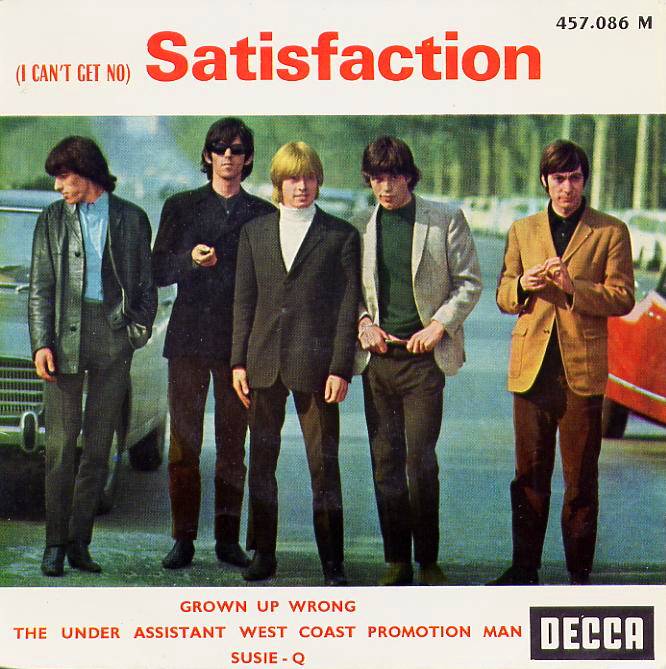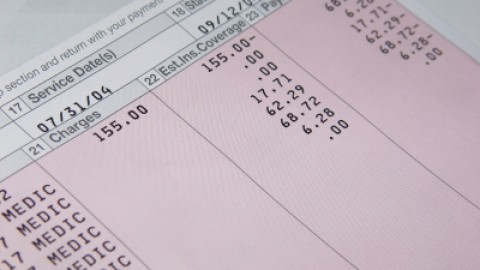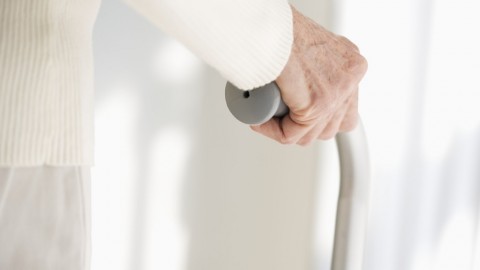A staff member’s recent search for a local dentist got us thinking about patient satisfaction and, more importantly, how to define it. Unfamiliar with the area he took to the web in lieu of a word of mouth recommendation, relying on five stars from consumer rating sites, like 42% of consumers.
Patient satisfaction is a hot topic right now. Stage 2 of meaningful use requirements for Medicaid and Medicare incentives is beginning to tie patient satisfaction scores with hospital reimbursement and practitioners everywhere are vying to get patients in the door as wallets continue to get pinched.
Clearly, attracting and maintaining a strong client base is an essential part of owning and working in a clinic. However, this seems to be easier said than done
Sources of Data
Are sites like Yelp a reliable source for gauging patient satisfaction? Yes, it is important to monitor these sites for insights and reputation management, (in fact, based on its current growth rate, it’s predicted that in only 4 years everyone in the US will be using Yelp), but they are often critiqued for being extremely polar as only consumers that are ecstatic or irate normally make the effort to write reviews. This divide creates skewed data which may not be useful for internal measurement.
In addition, does a simple rating system and free form comments really generate enough information to truly measure satisfaction? A positive review, for example, still leaves a PT in the dark about the number of referrals that were generated by it.
Want vs. Need
Many healthcare practitioners feel striving for high satisfaction ratings and a “customer is always right” mentality is actually detrimental to quality of care. What a patient wants and what they need don’t always align (think a patient looking for a quick-fix pill or alignment over five in-clinic sessions and performing at home exercises). A study performed by the Archives of Internal Medicine found that higher patient satisfaction was associated with greater inpatient use, higher overall health care and prescription drug expenditures, and even increased mortality.
In a world focused on patient-satisfaction scores and online reviews, there is new pressure to appease patients’ requests for tests, treatments and medication. The patient above may have received terrific care and had a great outcome, but their grumbling about method might result in a less than satisfactory feedback score. Perhaps the challenge of patient satisfaction becomes educating the public about valuing outcomes over a glowing Angie’s List review.
The Right Questions
We have all been told that there is no such thing as a stupid question; absolutely true when you are generally inquisitive. To get the answers you are looking for on the other hand, you have to ask specific questions. In the words of anthropologist Claude Lévi-Strauss, “the scientist is not a person who gives the right answers, he’s one who asks the right questions.” Cracking the code of patient satisfaction could simply lie in changing the questions you ask.
Are friendliness of your receptionist and cleanliness of your space truly crucial questions to ask in gauging your patient’s experience? Do patients do better with forced ranking, multiple choice or fill-in? When planning or looking at your existing survey, consider if your questions are really helping to give you the answers you are after. Effective and relevant questions will yield the best data.
Time to debate. What methods do you use to measure patient satisfaction? How do you feel about the results? Comments are open below.








